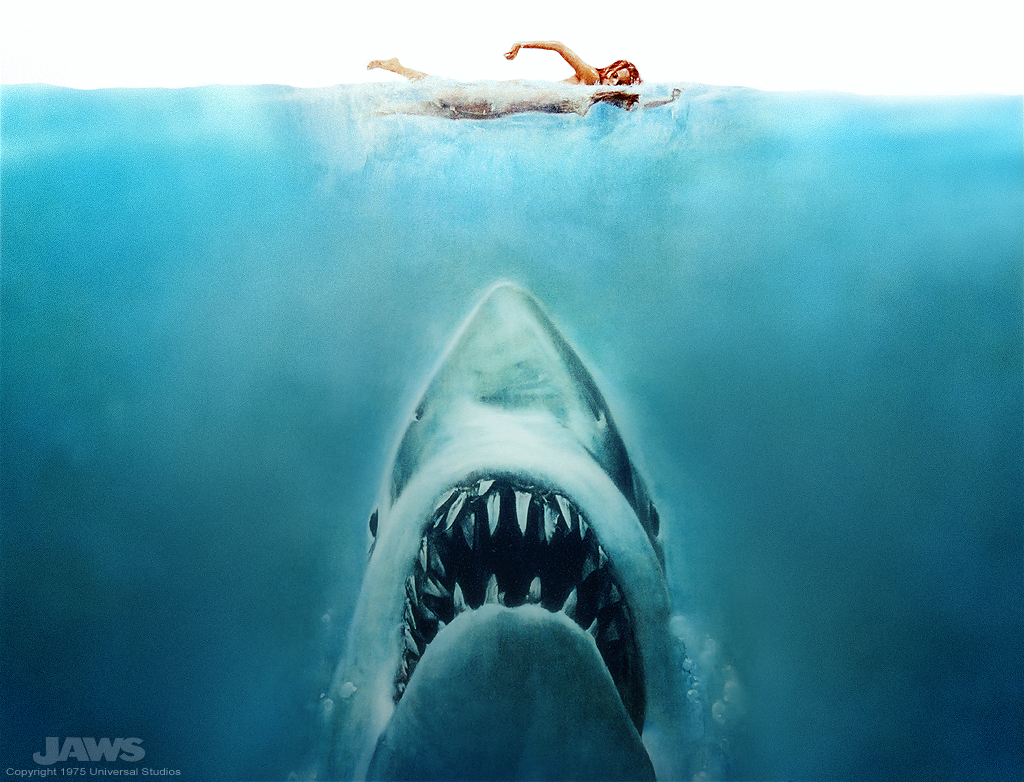What does “Not Screened for Critics” mean?
Posted on February 1, 2008 at 7:40 am
I hear there is some sort of sporting event going on this weekend. So it makes sense that studios decided it would not be a good time to release big-budget movies with hopes of big box office. If Sunday will be devoted to Superbowl XLII, much of the potential theater-going audience will be at home. I got that.
But I still don’t understand why that means that the studios did not let critics see three of the four new releases in time to write reviews. Movies not screened for critics are called “cold opens” because they open without any reviews, which means no exclamation-point-studded blurbs for ads. Jessica Alba has been everywhere promoting the thriller “The Eye,” but they did not show it to critics. There are ads all over television for the comedy “Strange Wilderness,” starring Steve Zahn, from Adam Sandler’s production company. But no blurbs from critics because no one has seen it. And what possible reason could there be to keep critics (except those from LA and NY) away from the Hannah Montana/Miley Cyrus concert film? Are they afraid we’ll give away the surprise ending? (She’s both! It’s a wig! And it’s in 3D!) Here is a clip of the concert film, which is more than critics got to see.

 Yes, most critics love to read what our colleagues think about movies. And so I spend time just about every day on the wonderful
Yes, most critics love to read what our colleagues think about movies. And so I spend time just about every day on the wonderful  Did you hear the story about the man who chopped up his enemy’s children into a pie and fed them to him? It was written by the same guy who wrote about suicidal teenagers and murderously ambitious would-be kings — Shakespeare. And then there’s the one about the guy who killed his father and put out his own eyes — written around 429 B.C.
Did you hear the story about the man who chopped up his enemy’s children into a pie and fed them to him? It was written by the same guy who wrote about suicidal teenagers and murderously ambitious would-be kings — Shakespeare. And then there’s the one about the guy who killed his father and put out his own eyes — written around 429 B.C.